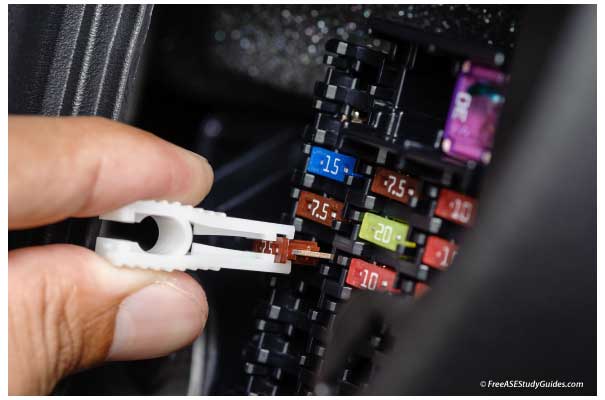Troubleshooting: Power Windows

A power window that moves slowly and the switch must be pressed several times to move the window up or down may have a faulty circuit breaker. A self-resetting circuit breaker resets itself.
A blown fuse element creates an open circuit until it's replaced. An open anywhere in the circuit results in no operation of the window. This fact omits an open window switch or fuse as a possible cause because the window would not move with an open circuit.

This problem could be electrical or mechanical. Self-resetting circuit breakers are often used instead of fuses in window circuits because they serve two purposes. They not only protect the circuit from overload but also open the circuit when the window seats into the window frame or the base of its travel.
When there is a circuit overload caused by a faulty gasket, motor, or regulator, the circuit breaker opens from the excessive current, cools, and allows the motor to temporarily move the window just a little until the breaker heats up and opens again.
Window Gaskets

The window fits snugly into the window gasket. The window drags if anything interferes with its movement or if there's a kink in the gasket. Silicone is often used to make a window run or weatherstrip more pliable.
Circuit Breakers
Some circuit breakers must be manually reset by removing them from the power source or pressing a button. Most circuit breakers are self-resetting. Today's circuit breakers are solid-state ECBs. These circuit breakers increase resistance as they heat from excessive current. They can overheat and prevent the window from operating.
Blown Fuses

When a fuse is overloaded, and too much current passes through, the element melts, creating an open. They do not reset like circuit breakers and must be replaced to complete the circuit. It's important to rule out any component or short circuit causing the fuse to blow. Sometimes, fuses blow from a temporary overload caused by icy windows and such.